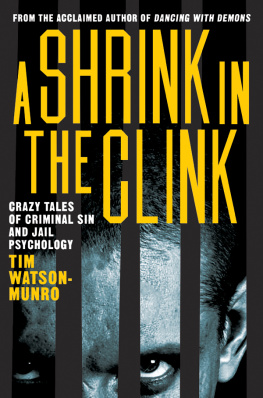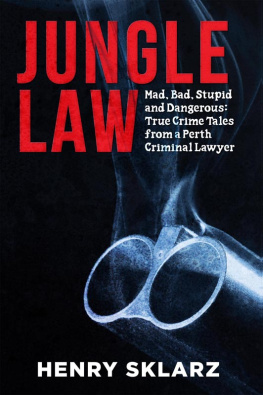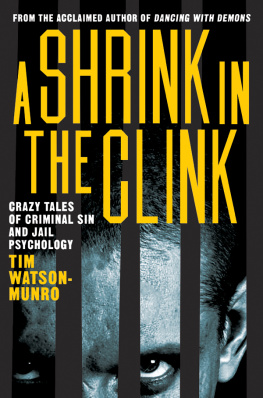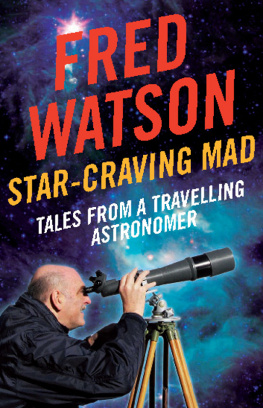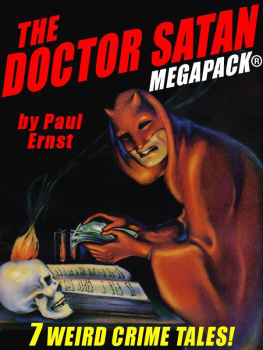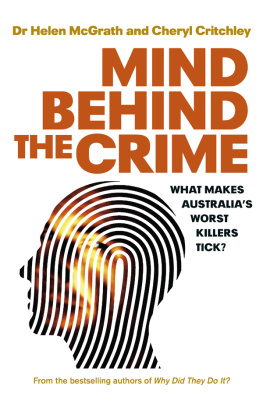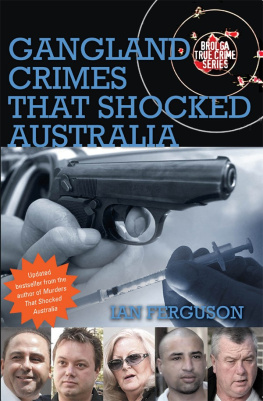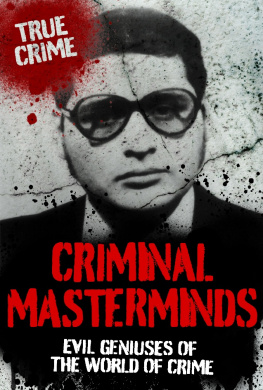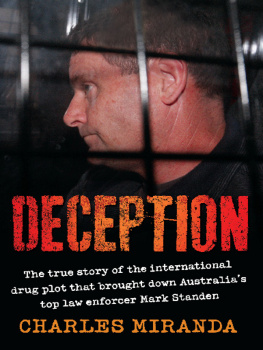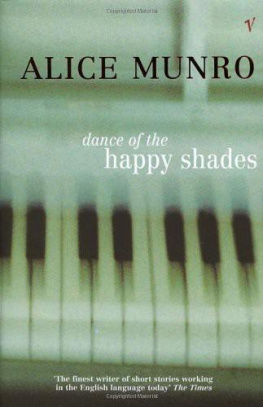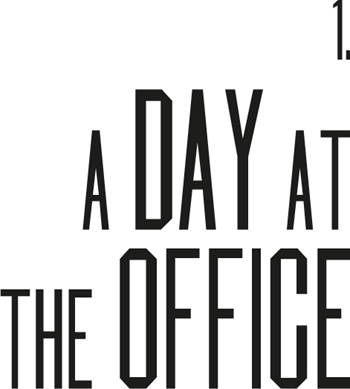About A Shrink in the Clink
In A Shrink in the Clink, Tim Watson-Munro details his journey through the dark lives of criminals who have outraged the community with their shocking deeds. Tims raw account and honesty make for a compelling read. CHRIS MURPHY, leading criminal lawyer
DRUG LORDS. BLACK WIDOWS. CONTRACT KILLERS. MASS MURDERERS. PSYCHOPATHS. EVIL GENIUSES.
No one gets closer to Australias craziest characters than Tim Doc Watson-Munro, a criminal psychologist with 40 years experience assessing the mad, bad and dangerous.
Tim started his career in the countrys toughest jail a shrink in the clink and has assessed over 30,000 criminals to become a pioneer in the worlds understanding of evil in our society.
But it came at a cost. Tims appetite for knowledge about the dark side of humanity mutated. He spiralled into depression, addiction and mental collapse. The Doc became the patient.
Now, in a series of thrilling, chilling, amazing true tales from a life at the coalface of jails and the justice system, Tim takes us deep into the minds behind Australias most notorious crimes.
Lock up and look out A Shrink in the Clink is a real-life journey into the shadows.

IN LOVING MEMORY OF
DR DAVID ALEXANDER SIME
WHEN YOU GAZE LONG INTO AN ABYSS,
THE ABYSS ALSO GAZES INTO YOU.
FRIEDRICH NIETZSCHE
Jails are bursting at the seams, newspapers are riddled with salacious, prurient crime stories and television is overloaded with the same. Dedicated 24/7 crime TV channels cannot keep up with public demand.
In A Shrink in the Clink, I share my insights into the workings of the criminal justice system in its numerous iterations, exploring the types of crimes and criminals I have encountered over the past four decades. From psychopaths to overwrought neurotics, from junkies to sex offenders and the intellectually disabled. The psychology of serial killers, contract killers, victims of sex crimes, drug importers and traffickers, as well as the ever increasing levels of addiction in rural Australia. The psychology of outlaw motorcycle gangs, as well as examples of intellectual brilliance to be found within penal establishments. The dynamics of women who kill for lust or profit, as well as the psychology of the truly insane who find themselves before the courts.
Some of these stories are not for the faint-hearted. I urge you to stay with me, though shocking and confronting as some of them may be, they address the reality of the broad spectrum of criminal psychology and in so doing, hopefully provide a greater understanding of these individuals and the system, flaws and all.
My career has been an unusual one. Beyond academic training and 40 years at the coalface, I, for a time, suffered a number of the conditions described in the book. Working continuously with the face of evil affected me. Subtle, insidious symptoms of depression, crippling anxiety, features of post-traumatic stress disorder (PTSD) and eventually mental collapse, fuelled by a nasty addiction to cocaine became my world. In a sliding door moment, I became the patient.
My early professional life commenced in 1978 at Parramatta Gaol in Sydney, then regarded as the toughest prison in the country. I was a young, naive 25-year-old, clearly attracted to the dark side at a time when little was known about the underbelly of custodial life.
My appetite to experience and learn about the dark side of the human psyche was insatiable.
It was a steep learning curve, but one which established a solid platform for me to venture into private practice three years later.
Forensic Psychology was in its infancy back then. Few positions were available in prisons, even fewer practitioners worked in the private sphere.
Although young, my training at the jail placed me in a fairly unique position when the time came to strut my stuff as an expert witness.
On a near-daily basis, I had dealt with the worst of the worst, the mangled twisted minds of murderers, gang rapists, armed robbers, sexual perverts and hopelessly afflicted drug addicts. I had become a conduit between the criminal mind of the underworld and mainstream society. A professional in high demand who could translate the inexplicable into a language which was understood by the judiciary and those who serve the courts.
And, I loved it.
My rise was meteoric big cases, fast bucks and a huge ego rapidly followed. I had become the shrink in the clink.
Little did I realise that my own psyche was being affected. The osmosis of evil can affect us all if we spend too long at the gates of perdition. My work intruded on my family. Oscillating between overprotective and detached, my wife and children suffered. It was beyond my control. Overly suspicious and cautious, I was transformed with effluxion of time from a sensitive, trusting bloke to one who saw the potential for black behaviour in all. Although better corralled today, this sixth sense regarding some people I meet, and those with whom my now-adult children interact, still floats just beneath the surface. It is both a curse and a blessing.
My nadir erupted in the late 90s. A breathtaking overwhelming reliance on cocaine led to my highly publicised professional demise.
I was struck off in 2000 with no room to move beyond recovery. The process was humiliating, yet ultimately life-saving and enhancing. The long years of recovery, therapy and eventual readmission to my profession in 2004 has made me a better practitioner. Humbler, more empathic and more insightful to the dynamics of psychopathology, crime and rehabilitation.
My work has also involved dealing with victims of crime and the first responders. The often faceless, yet ever-present reminders of unimaginable trauma reinforce the message to always be kind to others, as we have no idea of what life has dealt them. Tragedy is ubiquitous.
Some readers may find the material in this book highly confronting. The stories and case studies speak loudly and clearly to the criminal mind and the potential for devastating evil, even in the most benign and unexpected circumstances.
Stick with me. I have journeyed to hell and back.
Share the ride. It may help to explain much of what we as a society perceive to be an escalation of intense, extreme crime and violence in our community.
If you arent in over your head,
how do you know how tall you are?
T.S. Eliot
Ive never really had a typical day at the office, however this experience in the winter of 1981 had to count among the more bizarre. It was 9.30 a.m. and I was tired. Id left Sydney on the last flight to Melbourne the night before and after what seemed to be no sleep at all in a cheap ramshackle motel close to Essendon airport, I had been up since sparrow fart to catch a single-engine charter flight to Mildura.

